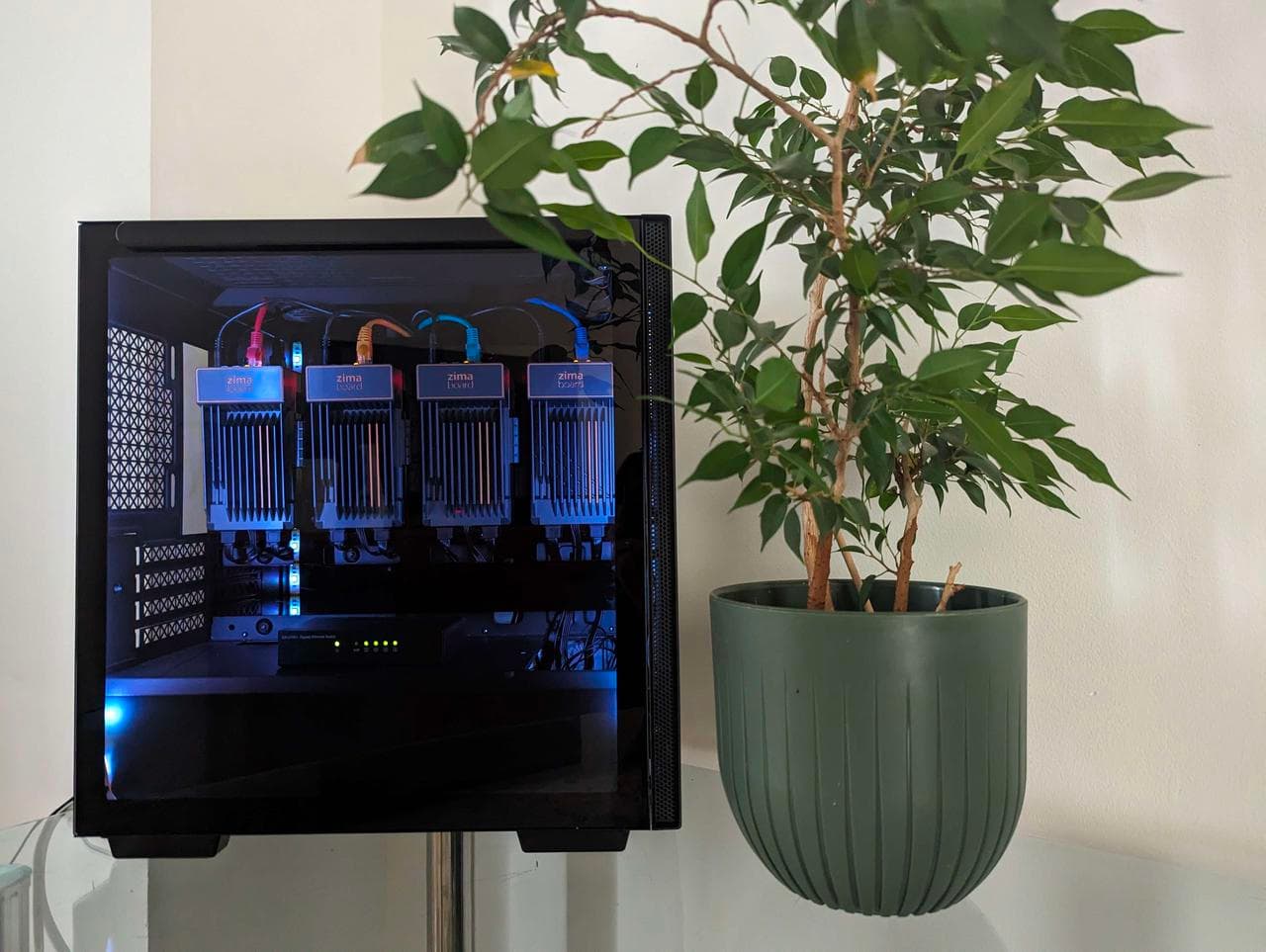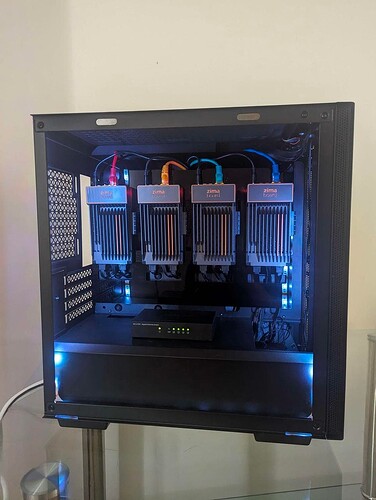Introduction:
Meet Egor Ivanov, a seasoned IT professional with over a decade of experience. He’s not just a DevOps Lead but also an enthusiastic advocate for open-source technology. In this interview, Egor shares his journey into the world of computer hardware and cluster construction, detailing his motivations, hardware and software choices, challenges faced, and his vision for the future.
Q: How did you get started with computer hardware and cluster construction?
A:
Egor Ivanov: I’ve had a home lab for quite some time where I hosted several of my projects, as well as a password manager and a platform for developing Telegram bots, among other things. The server I was using for this was a Zotac CI662. It sufficed for my needs and I used it without redundancy at my own risk. However, recently, I needed to provide home cloud services, password storage, and other cloud services for my family. I couldn’t jeopardize their data, so I required redundancy and the highest possible level of service availability within reasonable limits.
Q: What motivated your choice of ZimaBoard? What specific features attracted you to it?
A:
Egor Ivanov: Low power consumption was a significant factor as this cluster operates 24/7. Passive cooling was another crucial feature for me to eliminate the constant noise of fans. Having a sufficient set of ports, including 2 network ports and the ability to connect 2 SATA drives, was essential for high availability. And of course, aesthetics played a role; the ZimaBoard’s stylish design was a plus.
Hardware Environment:
Egor Ivanov’s cluster setup includes:
-
4 ZimaBoards
-
8 SATA SSDs
-
2 Asus 1GB switches
-
Deepcool Macube 110 case
To achieve a clean and organized appearance for the cluster, Egor used a Deepcool case and a laser-cut black acrylic mounting plate. This allowed for easy accommodation of all drives and power units with just two cables entering the case (network and power).
Software Environment:
-
Nextcloud: Egor set up Nextcloud for his family to store data, photos, backups, and more.
-
Psono: He uses Psono as a password manager.
-
WireGuard: For VPN, Egor employs WireGuard, with the Firezone project simplifying tunnel setup for family members.
-
GitLab: Egor utilizes GitLab as a git server.
-
Authelia: To ensure a single point of authorization, Authelia serves as an SSO portal for all services.
Use Cases:
All four ZimaBoards are combined into a Proxmox cluster with Ceph ensuring data integrity. Virtual machines within the cluster are grouped into a Docker Swarm, allowing for seamless integration of older servers and minimizing migration downtime. Load balancer virtual machines distribute workloads among Docker nodes, ensuring high availability.
In case of a node or VM failure, the cluster’s overall functionality remains intact, with minimal downtime. Even if the “production node” (the old server) fails, essential services stay accessible.
Challenges:
Surprisingly, the installation and configuration of the entire infrastructure went smoothly. The most challenging part was fine-tuning resource allocation for VMs to ensure both migration and system stability.
Egor Ivanov’s journey showcases the possibilities of building a reliable and efficient home cluster with ZimaBoard, offering insights into both hardware and software considerations.
Join OUR COMMUNITY to discuss with our Members:
Discord:zimaboard.com/discord

